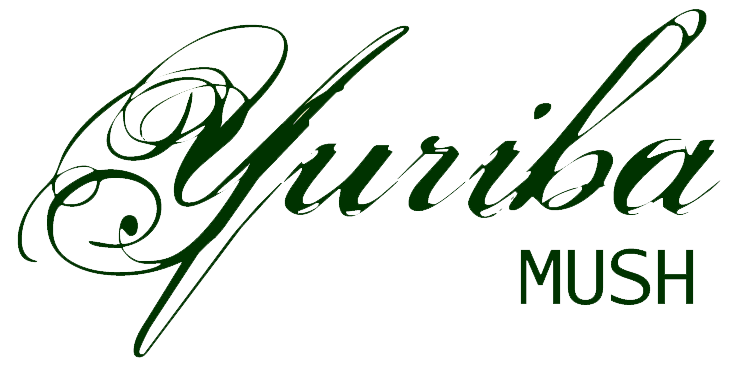Yuriban Wood Hog
The Yuriban Wood Hog is a wild porcine native to the island; it bears a great resemblance to the common wild boars of many other areas of the world but is distinguished primarily by a tendency towards vertical light and dark striping of brown shades in their coats. Although all female, the Wood Hog possesses sharp tusks, used enthusiastically in both rooting for food and defending themselves.
The Yuriban Wood Hog generally live together in small herds of 5-10 adult females and their offspring; piglets are born at several times throughout the year. As a result, the species is rather populous, even given significant depredations of the young by weather and other natural factors. The hog is omnivorous, eating just about any organic matter it can manage to get in its mouth. At night, they dig shallow dens with their hooves under tree roots and into the sides of rises to sleep in; they also routinely take advantage of the natural shelter afforded by ancient Lilian ruins, the remains of abandoned modern homes, and the dens of other animals.
As the hog can grow to unusually large sizes (Often 175-230 cm in length and between 190 and 240 kg in weight), they are considered fairly dangerous to hunt. They are a favored prey of Harvest Bears and often conflict with Artisan Wolves as well, since the two species favor similar areas for their burrows. Consequentially, older hogs are often extremely adept at defending themselves against predators – and extremely enthusiastic and proactive about doing so. This applies against human predation as well; while wood hogs are highly desired for their rich, flavorful meat, they are extremely difficult to safely hunt. Typical methods involve groups of experienced hunters working together to flush the animals into traps or dead ends where they can be safely dispatched. A less conventional method that is growing in popularity involves those with winged blessings taking advantage of the hog's extremely limited field of vertical vision to attack them from above and behind. Due to these difficulties, wood hog is a food strongly associated with special events such as Winter Solstice, giving it the same nostalgic, warm regard that many Americans are prone to give Thanksgiving turkey.
Injuries from encounters with wood hogs are, by far, the most common source of fauna related injuries seen in Yuriba. Many are simply unaware of the level of danger and are not overly concerned when they stumble on or startle a hog, leading to a rather unpleasant surprise when the animal attacks; minor goring and trampling wounds are most common, but some have been severe.
